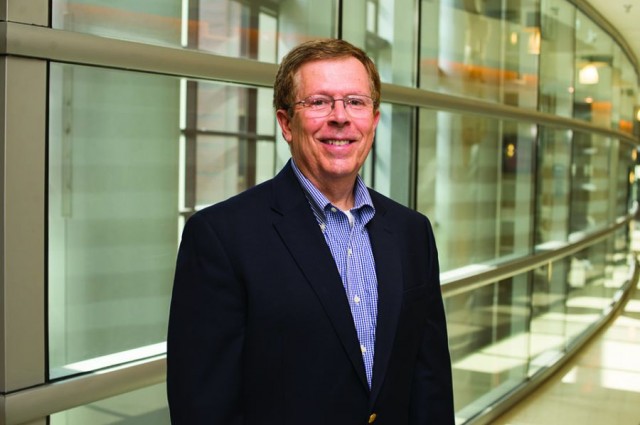Episcopal identity and congregational development
 Friday, October 9, 2015 at 6:55PM
Friday, October 9, 2015 at 6:55PM  I came across the article below exploring Episcopal identity and why we didn't split (as badly as we might have).
I came across the article below exploring Episcopal identity and why we didn't split (as badly as we might have).
 Q&A with Professor Mathew Sheep: Why didn’t Episcopal Church split after election of gay bishop?
Q&A with Professor Mathew Sheep: Why didn’t Episcopal Church split after election of gay bishop?
By Kevin Bersett on October 9, 2015 |
Business Professor Mathew Sheep
The 2003 election of Rev. Gene Robinson as the Episcopal Church’s first openly gay bishop set off an internal debate that led a number of members within several conservative dioceses and parishes to leave the church.
But in the end the church retained about 90 percent of its membership, including many conservatives who opposed Robinson’s consecration as bishop. How did Episcopalian leaders and members reconcile their church’s identity with such a momentous change?
For the past decade, Illinois State Business Professor Mathew Sheep has worked with four other researchers from across the United States to study how the church viewed itself during this period. Their study has been accepted for publication in the Academy of Management Journal.
What the team found was that, rather than organizational identity being a fixed set of descriptions of the organization, it is instead a set of dialectical tensions that people attempt to balance or navigate every day in the way they talk about identity. In other words, organizations can stretch their identity—a concept the researchers called organizational identity elasticity—to allow for major changes.